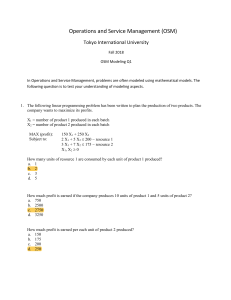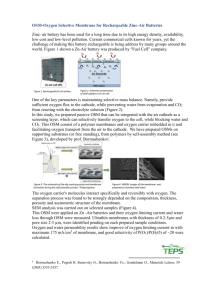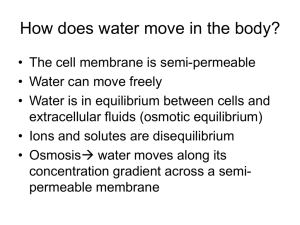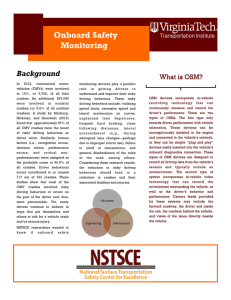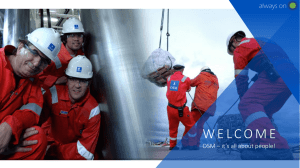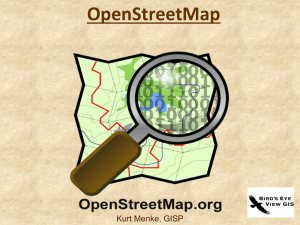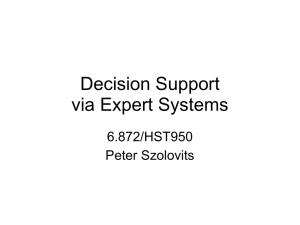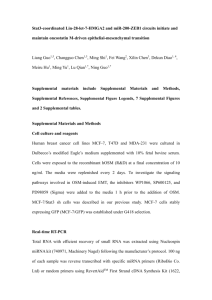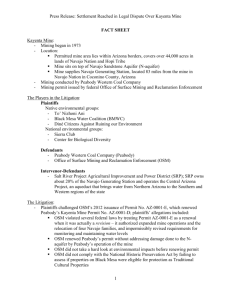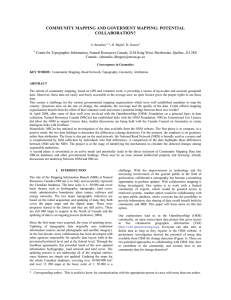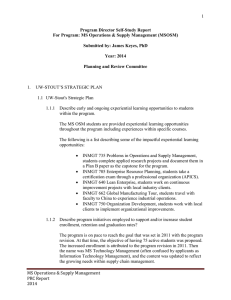A reason for studying operations management
advertisement
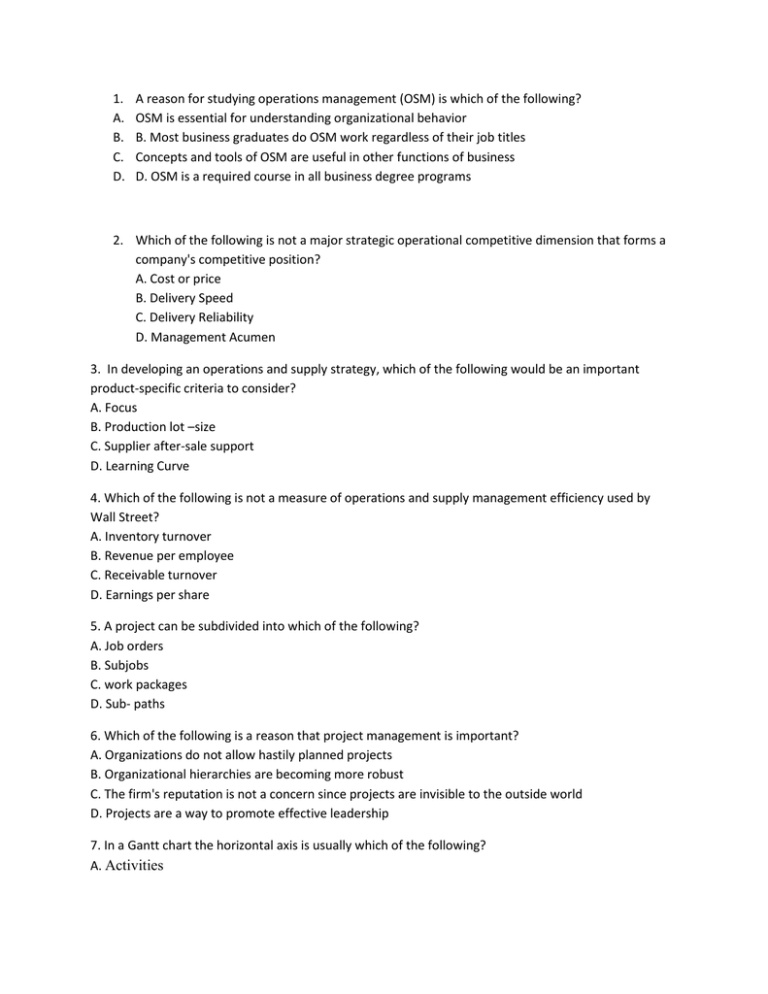
1. A. B. C. D. A reason for studying operations management (OSM) is which of the following? OSM is essential for understanding organizational behavior B. Most business graduates do OSM work regardless of their job titles Concepts and tools of OSM are useful in other functions of business D. OSM is a required course in all business degree programs 2. Which of the following is not a major strategic operational competitive dimension that forms a company's competitive position? A. Cost or price B. Delivery Speed C. Delivery Reliability D. Management Acumen 3. In developing an operations and supply strategy, which of the following would be an important product-specific criteria to consider? A. Focus B. Production lot –size C. Supplier after-sale support D. Learning Curve 4. Which of the following is not a measure of operations and supply management efficiency used by Wall Street? A. Inventory turnover B. Revenue per employee C. Receivable turnover D. Earnings per share 5. A project can be subdivided into which of the following? A. Job orders B. Subjobs C. work packages D. Sub- paths 6. Which of the following is a reason that project management is important? A. Organizations do not allow hastily planned projects B. Organizational hierarchies are becoming more robust C. The firm's reputation is not a concern since projects are invisible to the outside world D. Projects are a way to promote effective leadership 7. In a Gantt chart the horizontal axis is usually which of the following? A. Activities B. Cost C. Profit D. Time 8. A series of projects that are organized in such a way that each project utilizes people from different functional areas is using which of the following organizational structures? A. Matrix project B. Integrated Task Force C. Functional project D. Pure project 9. The capacity focus concept can be put into practice through a mechanism called which of the following? A. Best operating level (BOL) B. Plants within plants (PWP) C. Total quality management (TQM) D. Capacity utilization rate (CUR) 10. Which of the following is not a step used in determining production capacity requirements? A. Forecasting to predict product sales B. Forecasting raw material usage C. Projecting availability of labor D. Calculating equipment and labor needs 11. Which of the following is not considered a major process flow structure? A. Work Center B. Project C. Assembly Line D. Fabrication 12. Assume a fixed cost for a process of $15,000. The variable cost to produce each unit of a product is $10 and the selling price for the finished product is $25. Which of the following is the number of units that has to be produced and sold to break-even? A. 667 Units. B. 500 Units C. 790 Units D. 1000 Units. 13. Assume a fixed cost for a process of $120,000. The variable cost to produce each unit of product is $35, and the selling price for the finished product is $50. Which of the following is the number of units that has to be produced and sold to break-even? A. 5000 B. 6000 C. 8000 D. 11000 14. Which of the following is a basic type of process structure? A. Process flow diagram B. Product matrix C. Process Matrix D. Work Center 15. Which of the following is an alternative degree of customer contact included in the service-system design matrix? A. Face - to – face distance B. Internet C. Questioneier response D. ATM 16. In the service-system design matrix, a mail contact service encounter is expected to have which of the following? A. High Sales opp. B. High Degree of customer/server contact C. Low production efficiency D. Low sales opp. 17. In the service-system design matrix, an internet and on-site technology service encounter is expected to have which of the following? A. High Sales opp. B. High Degree of customer/server contact C. Low production efficiency D. High production eff.
